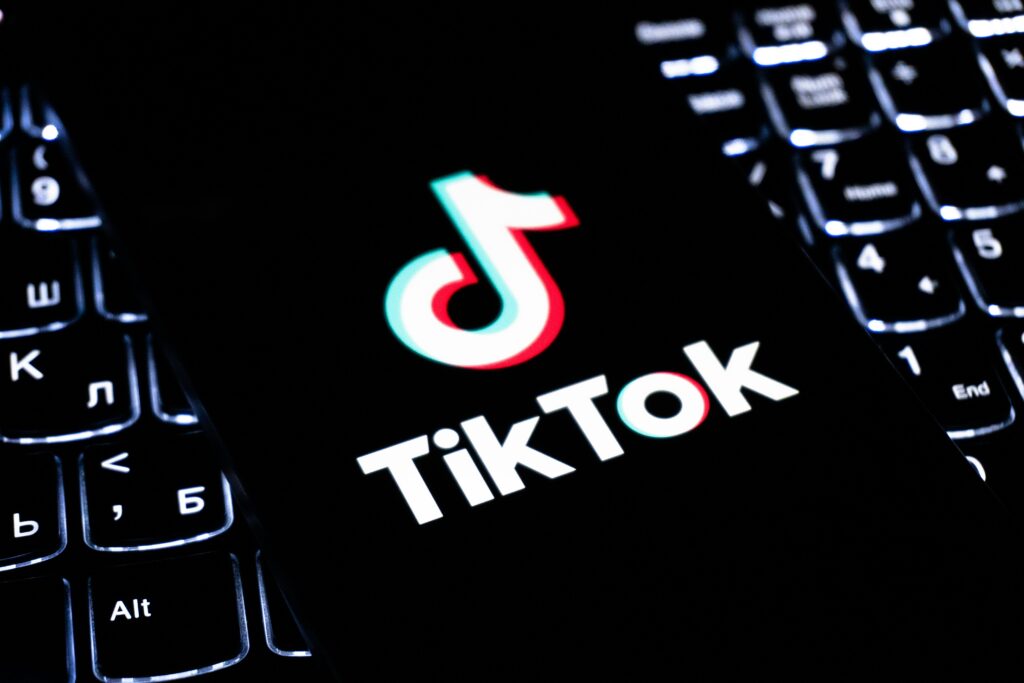Introduction: The Shakeup No One Could Dodge
The media landscape hasn’t just changed—it’s been flipped, stretched, and rebuilt in real time. Print used to be the backbone. Now, it’s barely the bones. Platforms like Substack, TikTok, and podcasts have taken center stage, and the shift from traditional publishing to decentralized content channels has gone from surprising to standard.
Disruption isn’t a breaking news headline anymore—it’s the baseline. Every few months, there’s a new tool, algorithm, or revenue model to catch up with. That’s made adaptation more than a corporate talking point; it’s the price of survival. Media companies that wait to react are already too late. The ones that thrive are living in a constant state of iteration.
In this new normal, standing still isn’t safe. It’s extinct.
Trend 1: Newsrooms Go Digital-First (For Real This Time)
Print’s Decline: A Wake-Up Call
The steady decline of print media isn’t shocking anymore—what’s surprising is how quickly even the most traditional publishers are pivoting. The fall in ad revenues, rising production costs, and shifting consumer habits have forced news organizations to confront a difficult truth: digital transformation isn’t optional, it’s overdue.
Key drivers accelerating the shift:
- Declining print subscriptions: Audiences prefer reading on mobile and desktop
- Rising costs: Ink, paper, and logistics strain budgets
- Audience behavior: Real-time updates now beat next-day headlines
The Anatomy of a Digital-First Newsroom
So what does a successful digital-first operation look like in 2024? It goes beyond just having a website or app.
A digital-first newsroom typically includes:
- Mobile-first content strategies: Prioritizing short updates, carousels, and vertical video
- Real-time analytics and A/B testing: Letting data drive editorial, not assumption
- Multimedia integration: Combining text, audio, video, and interactive elements
- Decentralized workflows: Remote teams working across platforms with cloud-based tools
Who’s Getting It Right?
Several companies provide blueprints for effective digital reinvention:
- The Washington Post has leveraged in-house technology teams to build tools like Arc Publishing, making them both a content powerhouse and a tech provider.
- The Guardian made an early bet on reader contributions and transparent reporting, allowing it to maintain independence and grow global reach.
- Axios redesigned the news format with its Smart Brevity model, showing that audiences will engage deeply if the content respects their time.
These organizations didn’t just redesign their homepages—they reimagined their entire editorial process around digital logic, speed, and efficiency.
The takeaway? Media companies that embrace platform-native thinking, audience-centric adaptation, and tech-enabled workflows are setting the new standards for journalism in a digital era.
Trend 2: Monetization Models in Motion
Subscription models aren’t a backup plan anymore—they’re front and center. For media companies in 2024, surviving on ad revenue alone is like building a house on sand. Algorithms shift, cookies disappear, and brands tighten budgets. The response? Own the relationship with your audience, and ask them directly to support the work.
Platforms and outlets are leaning harder into memberships, donations, and recurring subscriptions. It’s not just about paywalls. Smart media teams are experimenting with micro-payments for single articles, offering exclusive content tiers, or running Patreon-style supporter models. The goal is flexibility—let your readers choose how they contribute.
Adollars may still help keep the lights on, but the future clearly prefers a hybrid model: stable revenue from loyal subscribers, layered with smarter, less invasive advertising. In a climate this volatile, that’s as close to insurance as the industry gets.
Trend 3: Technology Is Steering the Ship
AI has officially moved from buzzword to backbone for many newsrooms. Whether it’s drafting first-pass articles, summarizing long interviews, or curating personalized news feeds, machine learning tools are shaving hours off editorial workflows. That’s efficiency media teams can’t afford to ignore—especially as budgets tighten and content demands multiply.
But there’s a catch. As automation takes over the heavy lifting, questions of quality and integrity hang in the air. When an algorithm writes a headline or suggests story angles, who’s accountable for bias, accuracy, or tone? Speed is a powerful edge, but it’s not a free pass to publish unchecked content.
Smart organizations are finding balance. They use AI for what it does best—pattern recognition, bulk editing, routine copy—but keep final calls with humans. Editors are becoming AI-literate, treating the tools less like magic solutions and more like capable interns: helpful, but in need of guidance.
The stakes are high. Your audience might never know which paragraph was machine-generated—but they’ll remember if you get it wrong. Better to get there slower than lose trust by cutting too many corners.
Trend 4: Winning the Trust Game
Trust in media is more than a reputational issue—it’s a survival imperative. As audiences grow more skeptical, media companies are being forced to confront long-standing transparency gaps and editorial practices that no longer hold up under scrutiny. The good news? Efforts are underway to restore credibility and rebuild meaningful connections with readers.
Why Trust Is Fragile
The erosion of trust in traditional journalism has been accelerated by:
- The rise of misinformation and disinformation
- Politicized narratives undermining media legitimacy
- A flood of low-quality or click-driven content
Rebuilding Starts with Transparency
Many newsrooms are now implementing strategies to show—not just tell—audiences how stories are created:
- Behind-the-scenes insights on how decisions are made
- Clear sourcing with links to primary materials where possible
- Corrections policies that are visible, fast, and accountable
These steps not only improve transparency but also invite readers back into the editorial process.
Engaging, Not Broadcasting
Trust grows when readers feel heard, not lectured. Engagement mechanisms are becoming core to content strategies:
- Comments sections and community Q&As to foster dialogue
- Newsletter feedback loops that invite reader input
- Editorial call-outs asking the public what they want covered
These efforts help transform audiences from passive consumers into active participants.
Ethics as a Strategic Edge
Media companies prioritizing ethics are positioning it as a differentiator in a crowded space:
- Strong editorial guidelines applied across platforms
- Fact-checking workflows integrated into publishing processes
- Independence in funding and a clear line between business and journalism
When trust is in short supply, transparency and ethical consistency become your brand.
The Takeaway
Organizations that win at trust don’t just follow the rules—they define new ones. In a climate of polarization and information overload, clarity, accountability, and connection are the new benchmarks of credible media.
Trend 5: The Talent Reboot
Newsrooms in 2024 aren’t stacked with just reporters and editors. They’re filling up with content strategists, audience analysts, and data-savvy storytellers. The traditional roles are dissolving, replaced with hybrid positions that speak to both journalistic craft and digital fluency. Think journalists who can shoot, edit, optimize, and analyze—all before lunch. It’s not about doing more for the sake of busywork. It’s about staying relevant in a system that demands agility.
Modern newsrooms are now pipelines of multimedia, built for platforms that change weekly. Writers are producing short-form explainers for TikTok. Former editors are shaping audience growth strategies. Graphic designers are working hand-in-hand with product teams to improve the reading experience. The lines are blurred, intentionally. If you’re good at one thing, that’s great. If you can flex across roles, that’s gold.
This shift doesn’t mean journalism is losing its soul. It means it’s picking up new muscles. The core mission—inform, investigate, engage—still holds. But the skill set that delivers that mission is broader, sharper, and evolving by the month.
Real-World Insight
Legacy publishers didn’t have a choice—they either adapted or faded. The New York Times leaned into its diversified digital product suite, with cooking apps, games, and newsletters helping it build a subscriber base that isn’t just about breaking news. The Washington Post doubled down on tech infrastructure, using proprietary tools for faster publishing and deeper audience analytics. In short, the old media playbook was shredded; what’s replaced it is faster, leaner, and more responsive to audience behavior.
Then there’s the indie wave—small outlets doing big things. Look at The Daily Maverick in South Africa, blending member-funded journalism with sharp editorial direction, or The 19th in the U.S., an independent newsroom focusing on gender and policy. These teams aren’t bogged down by legacy processes. They’re nimble, mission-driven, and often more innovative than the giants.
Adaptation isn’t just about scale. It’s about clarity of purpose and smart execution—a lesson both the old guard and new players had to learn the hard way.
(Related reading: The Future of Journalism — What Lies Ahead)
Conclusion: Evolving or Dissolving
Media companies are no longer choosing whether to change—they’re deciding how fast they can keep evolving without breaking. This isn’t about innovation for its own sake. It’s about survival. The outlets that adapt quickly and decisively, without bloat or nostalgia, are the ones who hold on.
Today’s winning formula: lean operations, deep tech integration, and a relentless focus on the audience. That means fewer silos, more cross-functional teams, and a real understanding of what readers actually come for—and stay for.
Adaptability isn’t a nice-to-have anymore. It’s the new baseline. And the companies that pair it with purpose—not just chasing clicks but nourishing trust—are the ones that will still be standing a few years from now. Journalism isn’t dead. But it’s definitely being rebuilt from the ground up. Brick by digital brick.



